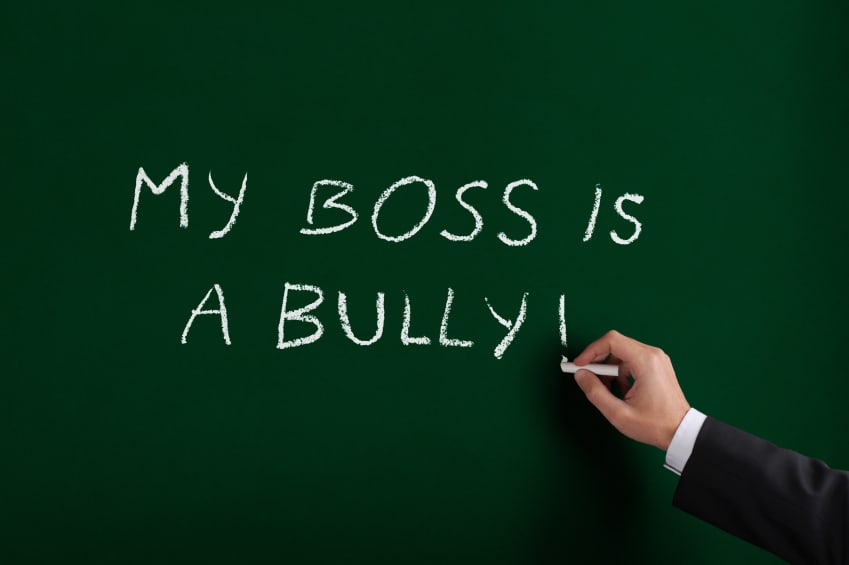The Australian media has given workplace bullying the front page, probably because it is a slow news period and there have been no major disasters this Christmas period. However the coverage is of the new rules and opportunities for assistance offered by changes to the Fair Work Act that commence on 1 January 2014, rather than about prevention.
Most of the comments from the business groups in the article by The Age newspaper will be familiar from the last few months. Generally they object to what they see as red tape and increased regulation. Some also believe that workplace bullying should be handled through human resources rather than as an occupational health and safety (OHS) matter.
Red tape and unnecessary bureaucracy is a legitimate concern but one that, in large part, the business sector has allowed to happen. As discussed previously, much of the red tape originates from the risk management strategy of business where, when an issue or hazard cannot be eliminated or it is too difficult to try, insurance or liability protection is obtained. As others have said, too often the risk management of safety is corrupted to become risk management of legal issues. Continue reading “Media coverage on workplace bullying needs more depth and analysis”

 As the 1 January 2014 implementation date for new
As the 1 January 2014 implementation date for new  On September 9 2013, the Canberra Times published an article by
On September 9 2013, the Canberra Times published an article by